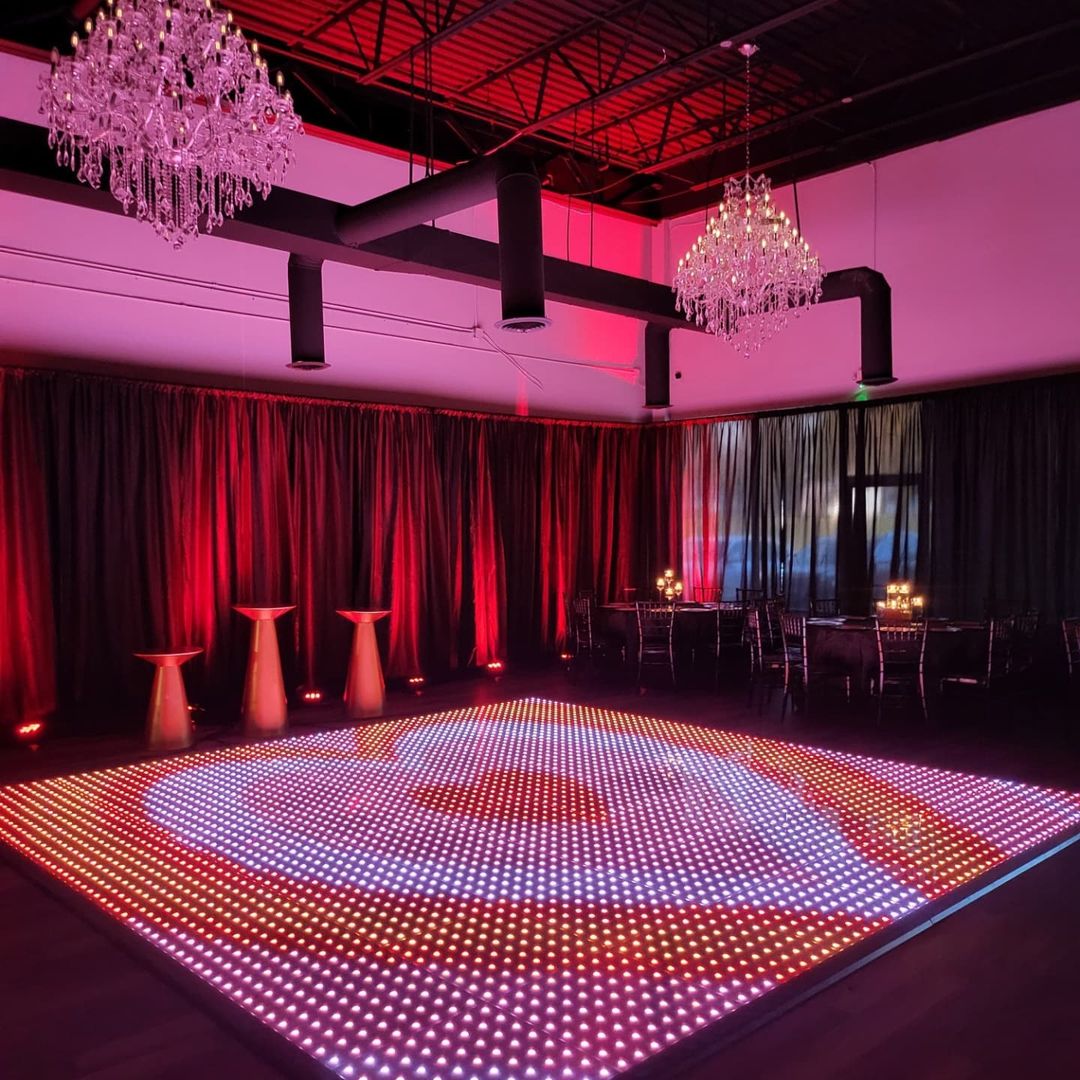Brightening Innovation Through Color Theory within LED Dancing Platform Creations
Brightening Innovation Through Color Theory within LED Dancing Platform Creations
Blog Article
Color concept represents an important aspect of aesthetics, especially as it comes to creating light-emitting diode dance floors. The interaction of hues can significantly affect the atmosphere and energy of a space. Through grasping how colors function together, creators can craft an environment that improves the total experience for dancers. This piece examines the fundamentals of color principles and its application in LED dancing surface layouts.
The main hues are crimson, azure, and golden. These hues cannot be created by blending different hues combined. Intermediate colors, such as green, orange, and purple, are formed by combining main hues. Third-level colors are formed by mixing a primary color with a secondary color. Understanding these basic connections helps creators select hues that enhance one another and produce a aesthetically pleasing display. Combining these colors on an light-emitting diode dancing floor can lead to dynamic and exciting effects that attract the focus of participants.
Hue temperature also plays a crucial role in aesthetics. Hues can be classified as warm or cool. Warm hues, such as crimson, tangerine, and golden, often to elicit feelings of excitement and warmth. In opposition, chill hues like blue, emerald, and purple often create a serene and tranquil environment. Designers can use these hue values to establish the mood for different types of occasions. For example, a party atmosphere may benefit from hot colors that energize the crowd, while a further calm occasion might use cool colors to offer try here a calming effect.
In addition to hue pairings and temperature, brightness and saturation are essential factors to take into account. Luminosity refers to how light or dim a hue appears, while saturation indicates go right here the vividness of a color. Bright, intense hues can create a vibrant and energetic atmosphere, perfect for dance floors. On the contrary hand, softer, less intense hues can create a more muted environment. By manipulating brightness and saturation, creators can draw attention to particular sections of the dance floor or create visual routes, leading dancers through the space.
Finally, it is crucial to take into account the psychological effects of hue in light-emitting diode dance surface designs. Different hues can elicit various emotions and reactions. For instance, red is often linked with passion and energy, while azure can be soothing and peaceful. Understanding these connections enables designers to strategically apply hues to affect the behavior of dancers. By integrating hue theory into LED dancing surface designs, designers can improve the overall experience, rendering it unforgettable and pleasurable for everyone involved.